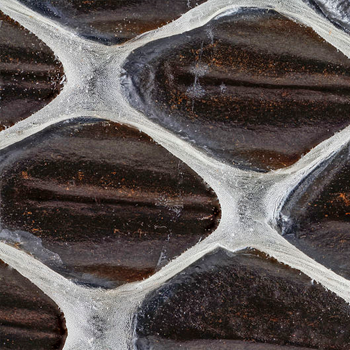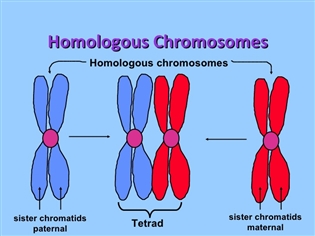What are tetrads? Are they formed in mitosis?
1 Answer
Tetrads are a group of two homologous chromosomes that come together to undergo the crossing over event in meiosis.
Explanation:
Recall that in the interphase stage of meiosis, the DNA have already duplicated and condensed into chromosomes. Each chromosome is made up of two identical sister chromatids. When they are paired up with a similar chromosome that is also made up of two identical sister chromatids, they are known as
This means that they are similar, but not identical. You can think of this as the different colours of hair. Most humans have hair, but not everyone has the same hair colour. For example, some people have black hair, some have brown, or even blonde hair. But the structure of hair is the same for everyone.
In relation to the homologous chromosomes, one homologous chromosome comes from your mom and the other one comes from your dad. When they pair up in preparation for the crossing over event, they form a
Tetrads do not appear in mitosis because there is no crossing over event. In mitosis, the chromosomes are brought to the equator of the cell without crossing over. There is no exchange of genetic information between chromosomes.



